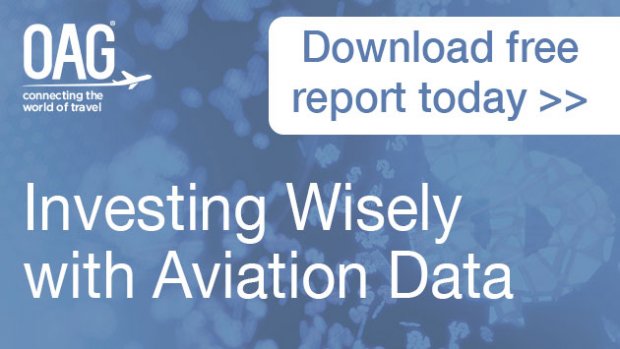Investing Wisely with Aviation Data

Aviation is a risky business from many perspectives; the returns for airlines modest over a full economic cycle, infrastructure investment frequently long-term with few guarantees of payback and passenger demand variable and subject to numerous changes as the markets ebb and flow.
At the end of September 2016, Airbus had an order backlog of 6,749 aircraft that will over time all require financing whilst the building of a 3rd runway at London Heathrow is estimated at close to £15bn; big finance projects by any standards.
Not surprisingly many of these investments are carefully considered and industry data used to support the analysis of those risks. Historic schedules data is frequently used to forecast future demand, placed alongside econometric such data builds confidence in future forecast. Operational data can be used to effectively measure asset utilisation and determine if there really is a need to embark on a major capital programme or merely sweat the assets harder. Flight status data can be used to measure both fleet efficiency and airline performance whilst real hard productivity metrics can be sourced from a range of OAG databases.
Incredibly, some of the largest aviation investment projects are based upon some of the smallest, yet most valuable, data insights that OAG can provide to the investment community. Data may not always be cheap but it frequently gives a great ROI relative to the cost of the insight provided.


